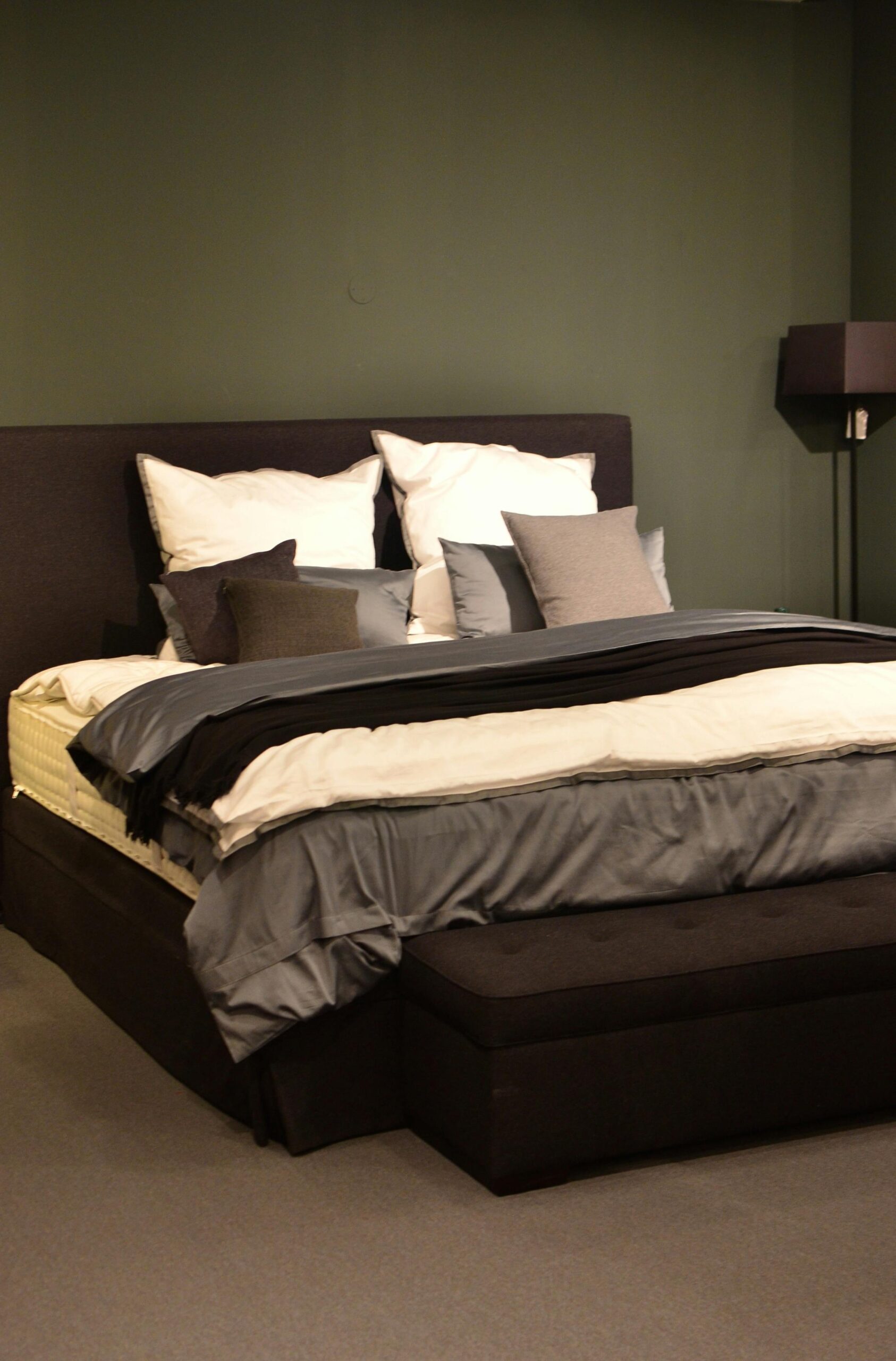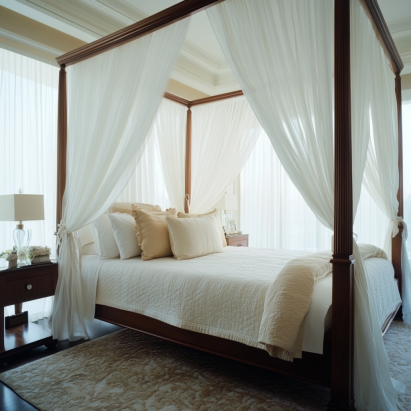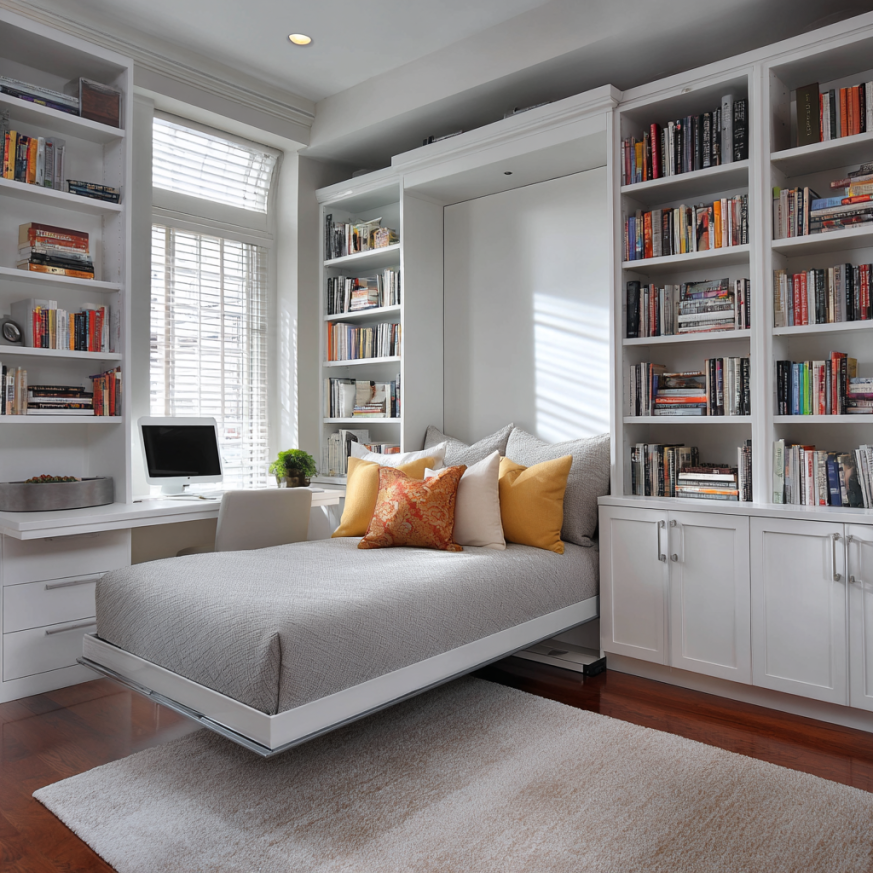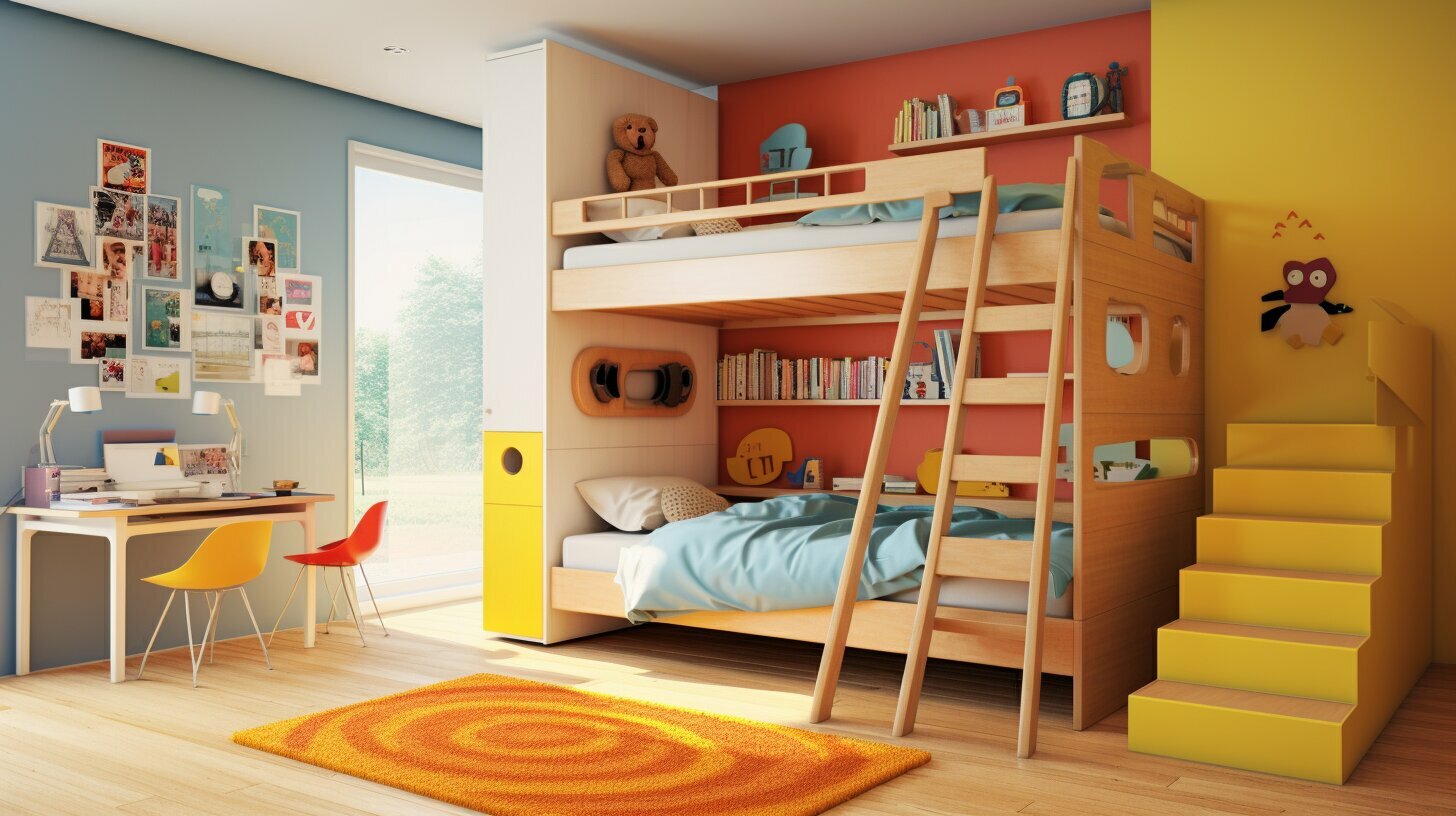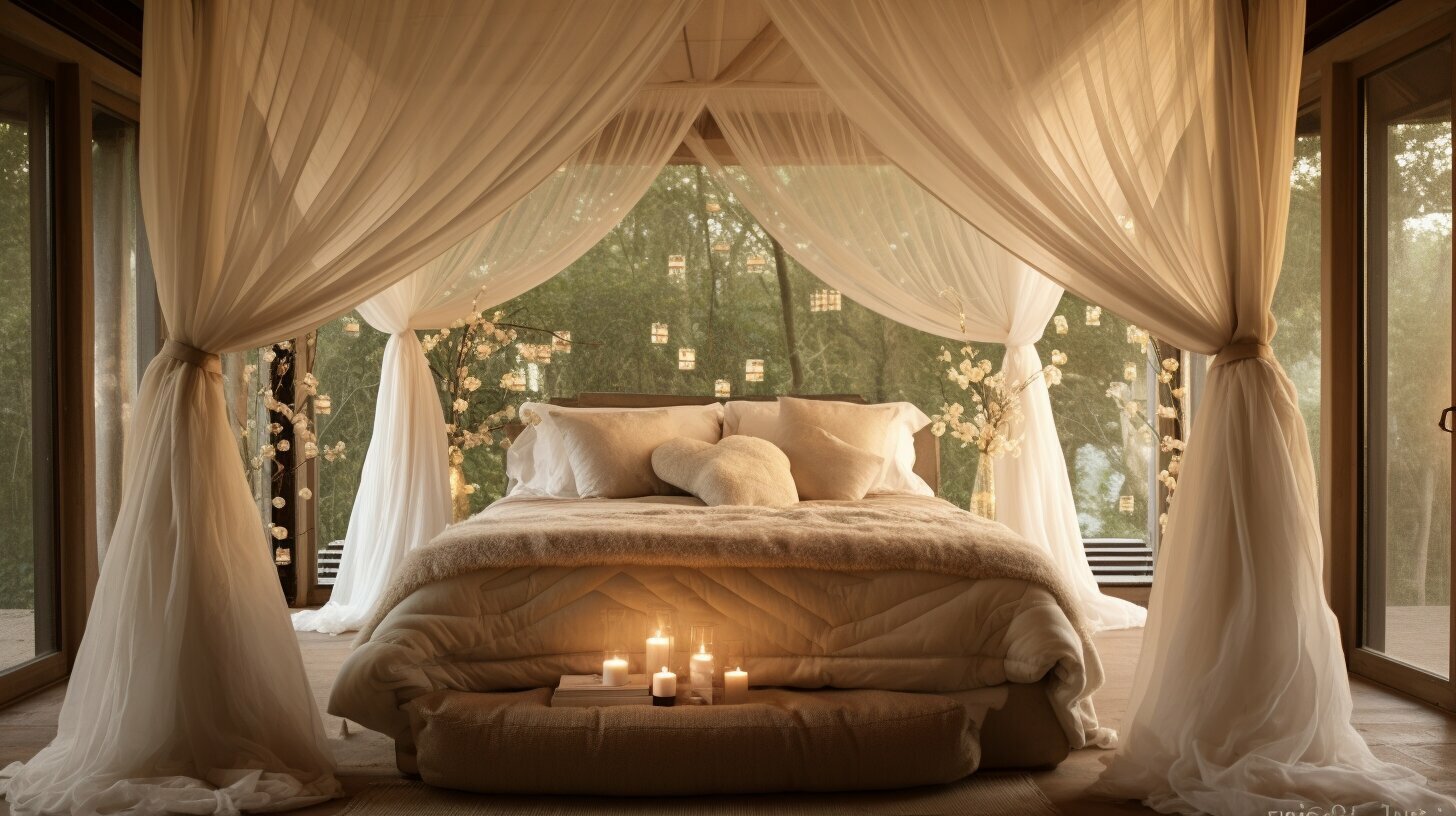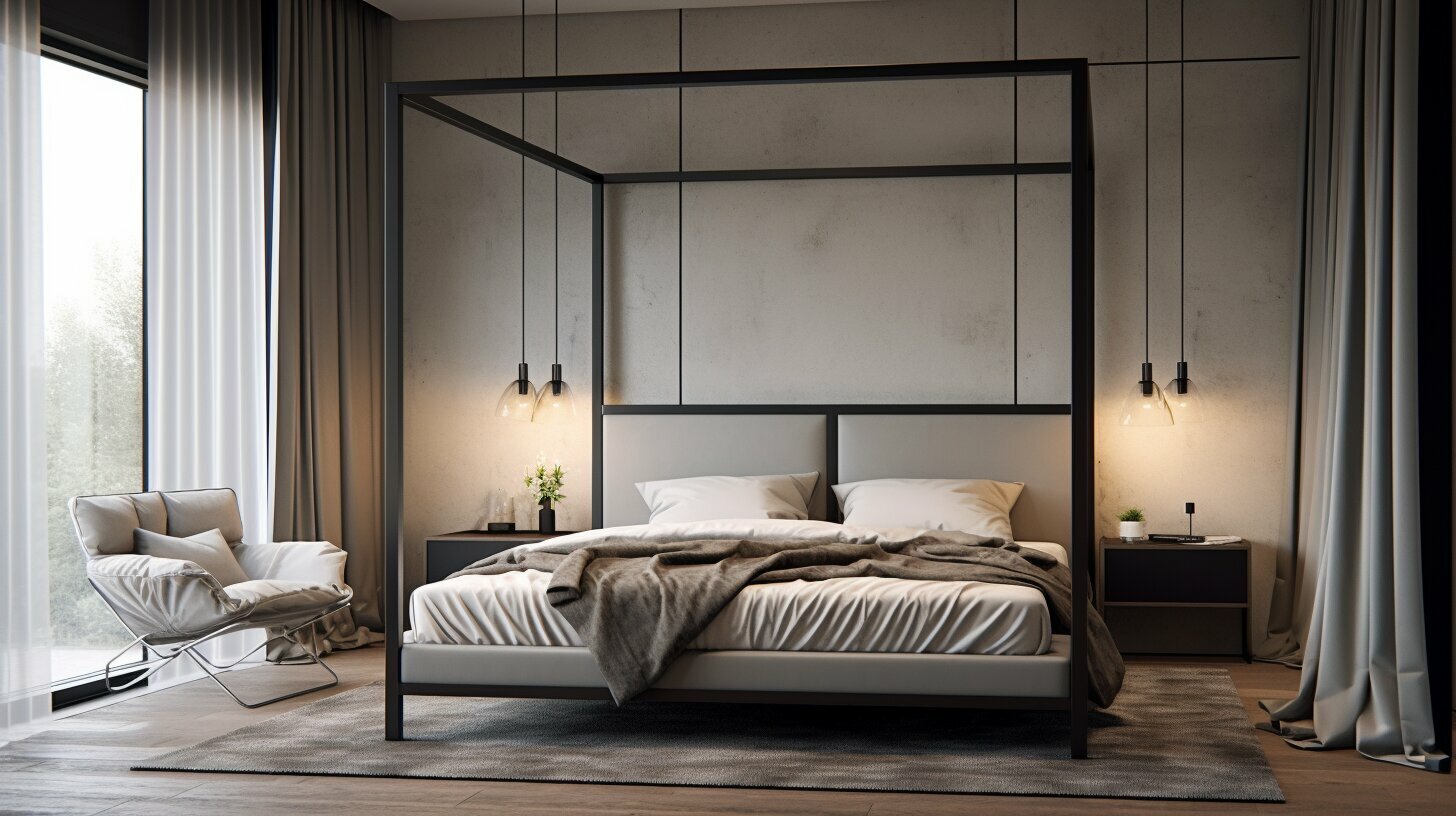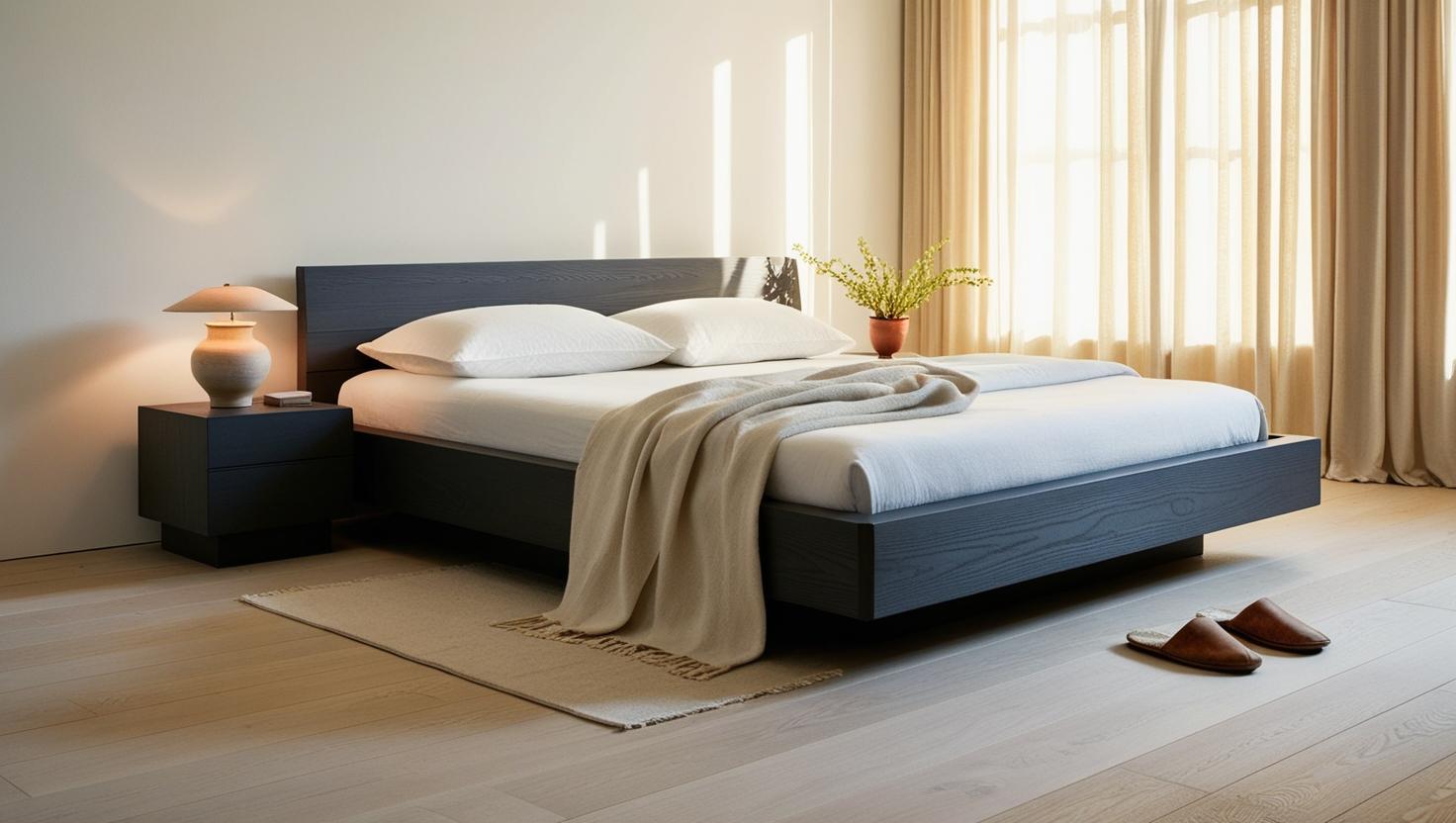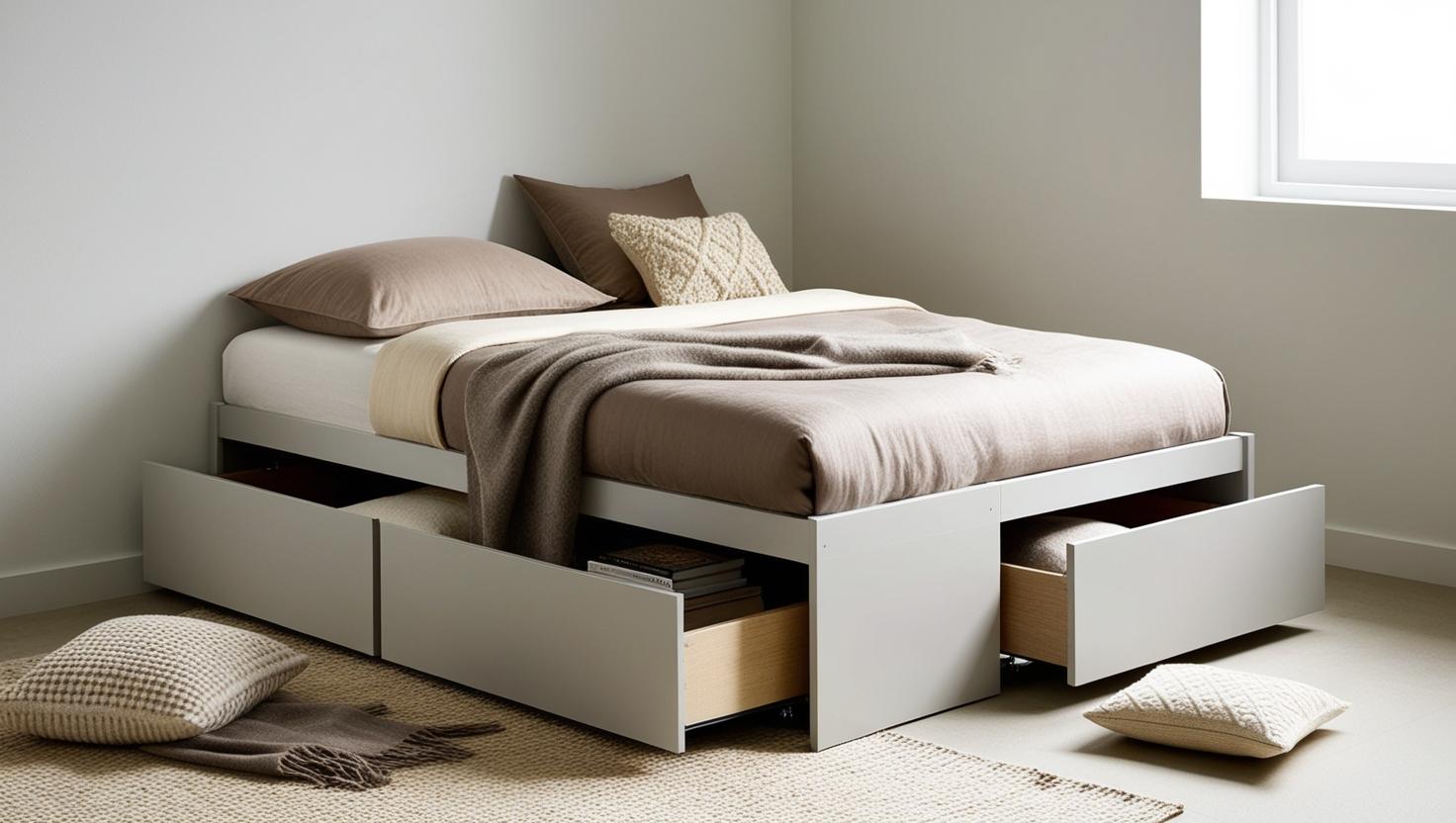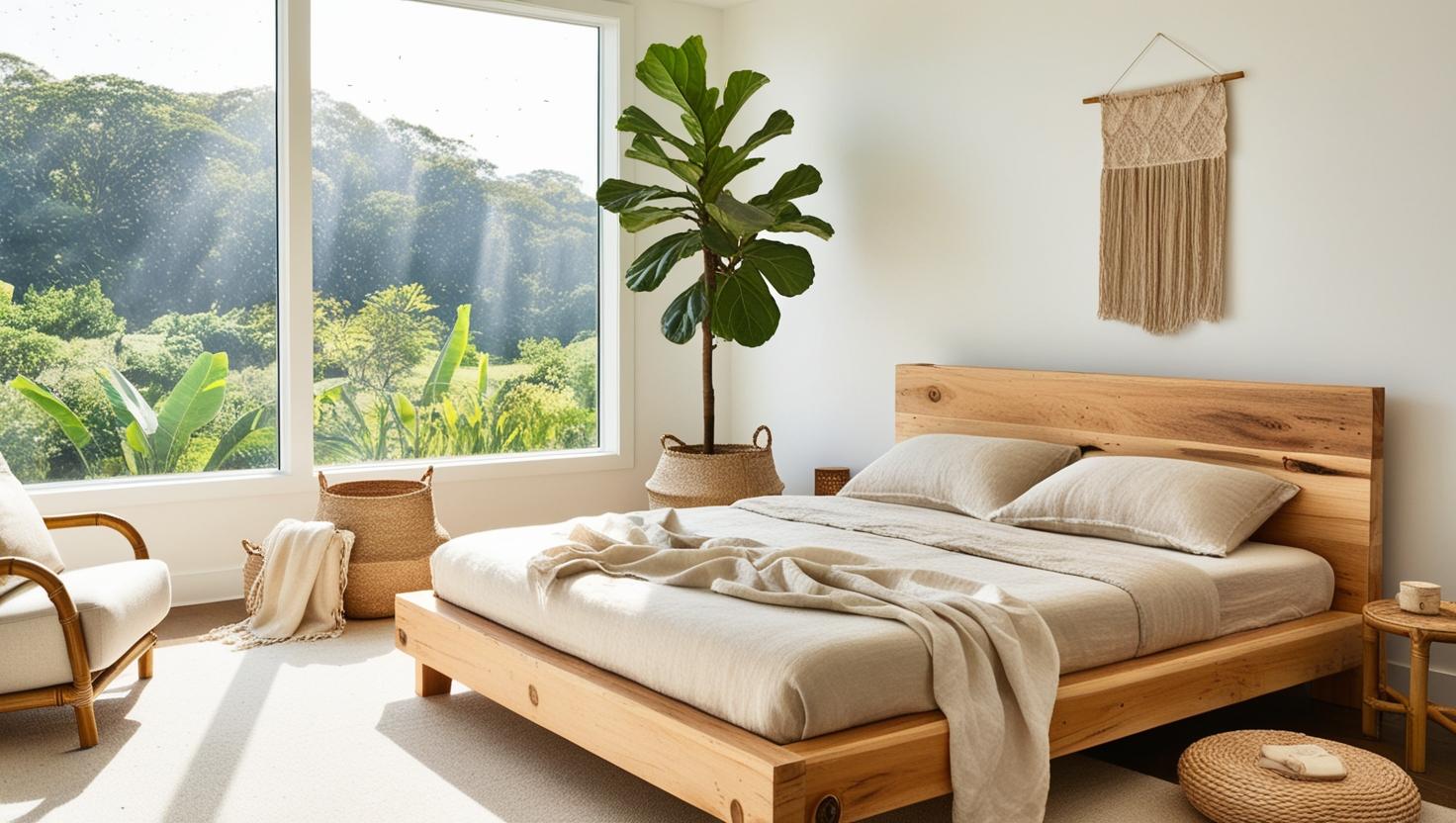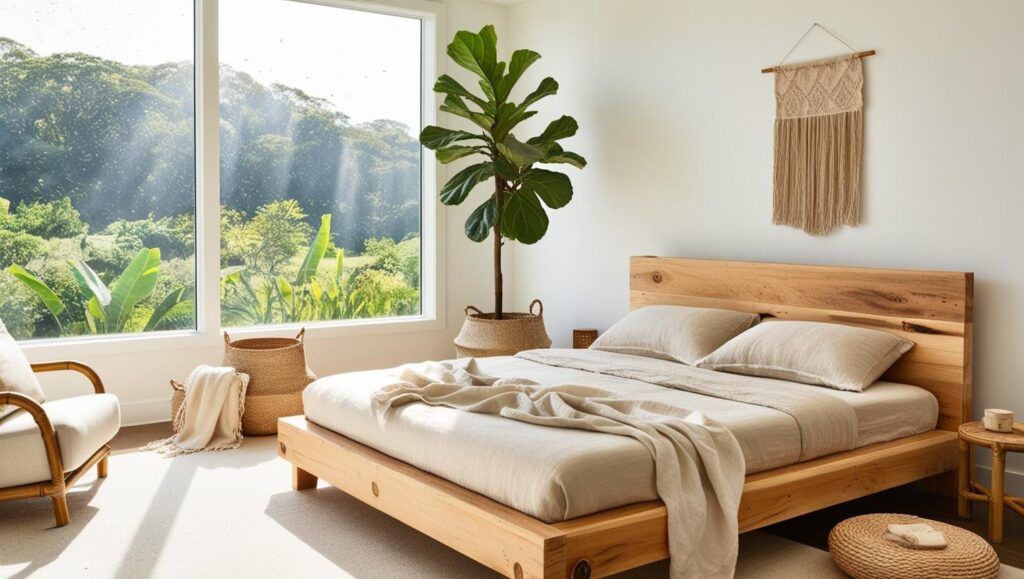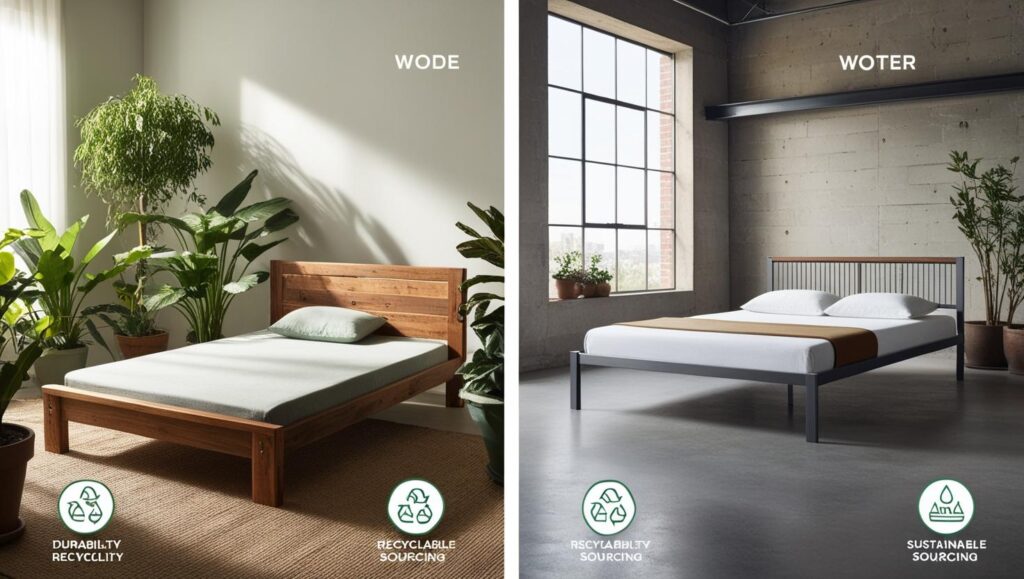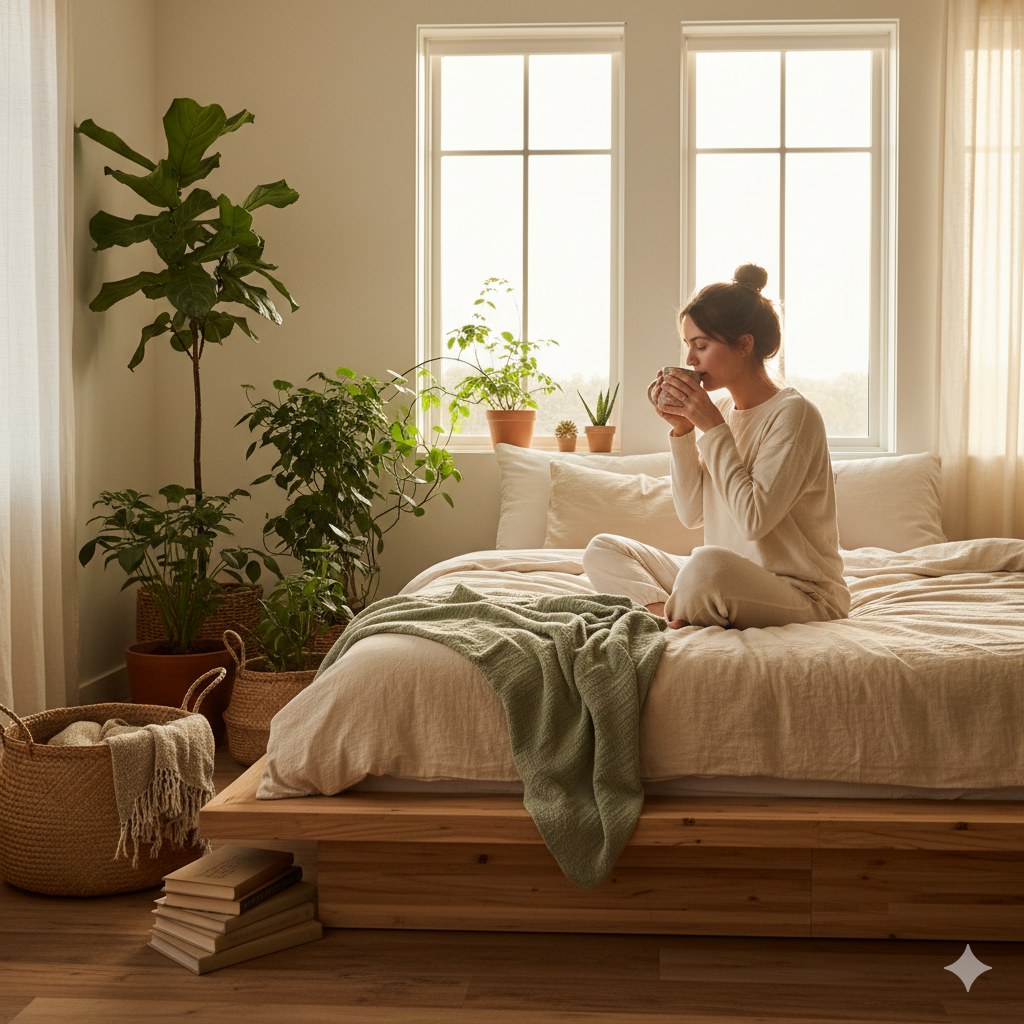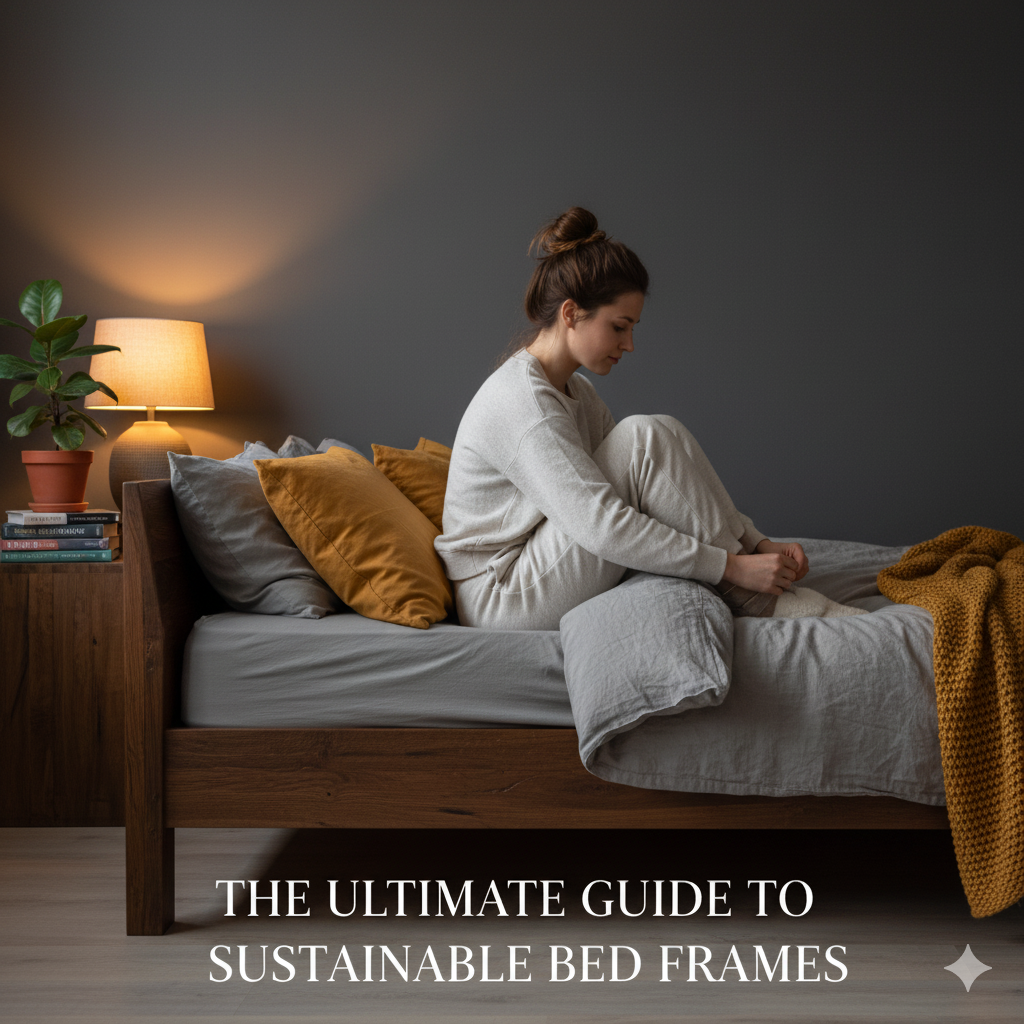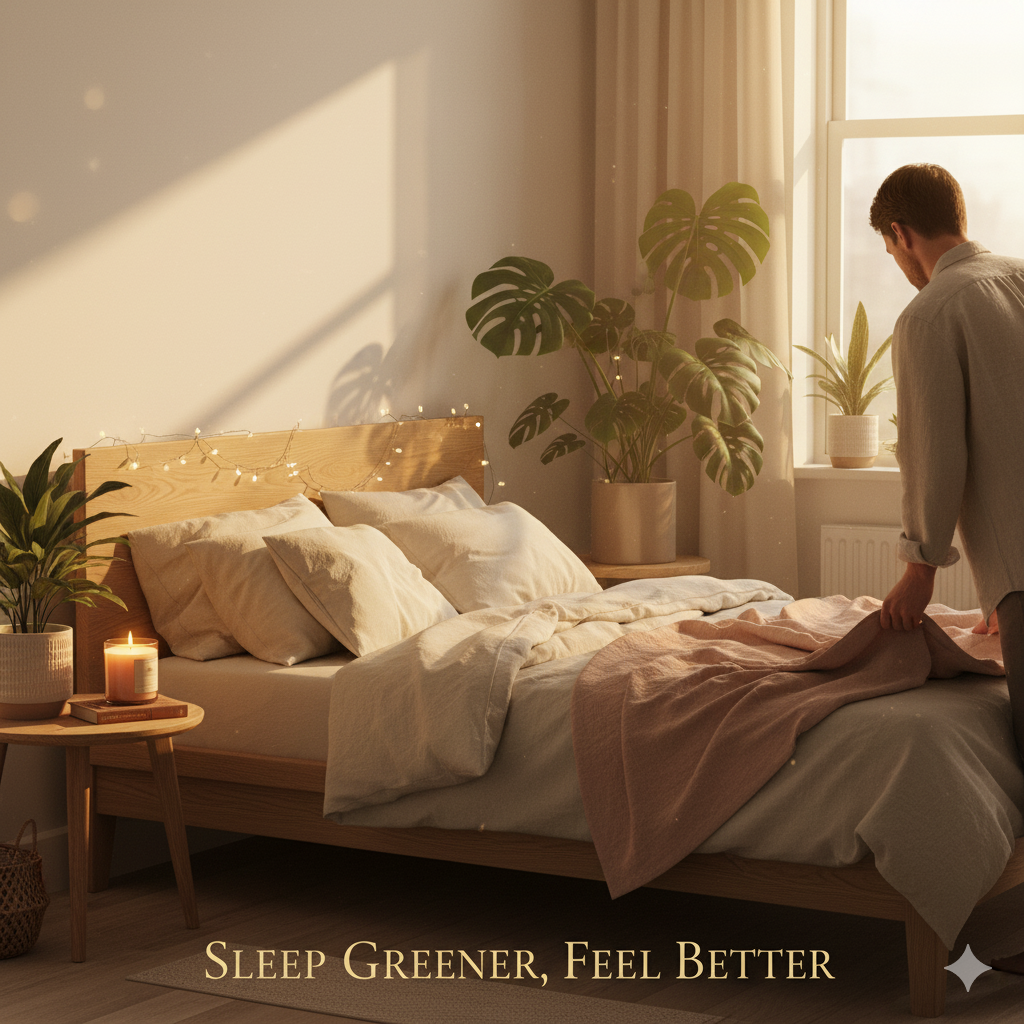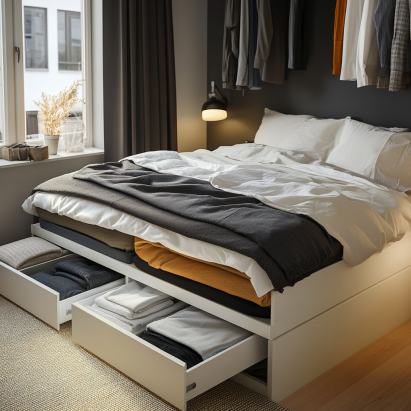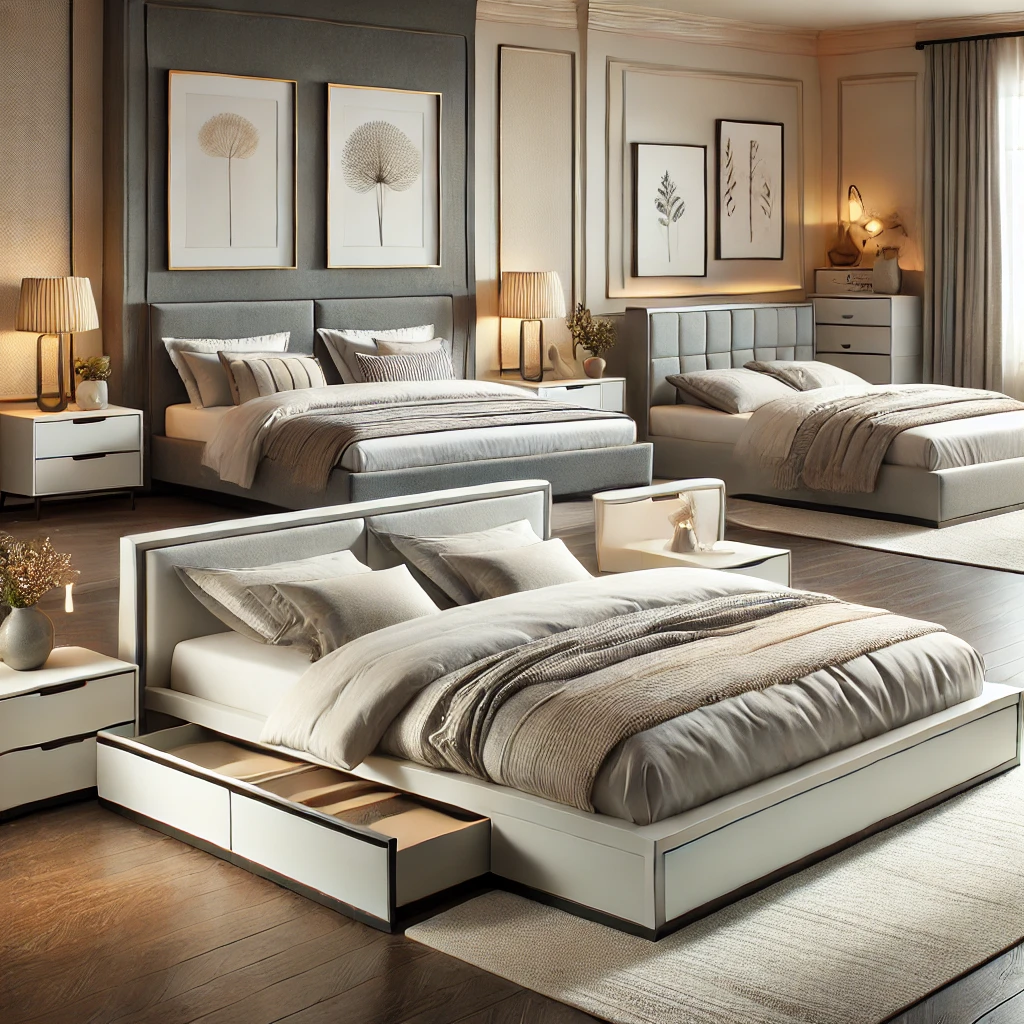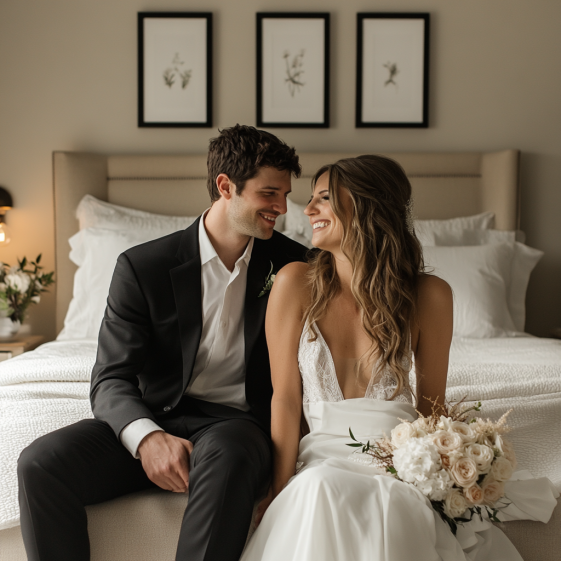Best Bed Types for Back Pain Relief: Sleep Comfortably Again
Back pain is a common issue that affects many people. One of the most important factors in alleviating back pain is having the right bed. A bed that supports your spine and relieves pressure points can make a significant difference in your comfort and overall health. In this article, we’ll explore the best bed types for back pain relief, taking into account various types of beds and how they can help you sleep better.
Understanding Back Pain and Sleep
Before diving into the best bed types, it’s important to understand how back pain and sleep are connected. When you sleep, your body needs to be properly aligned to avoid putting stress on your spine. A bed that is too soft or too firm can cause your spine to curve unnaturally, leading to discomfort and pain.
Sleep is a critical time for your body to heal and rejuvenate. Poor sleep due to back pain can lead to a cycle of discomfort, where the lack of quality rest exacerbates the pain, making it harder to find relief.
What to Look for in the Best Bed Types for Back Pain Relief
When shopping for a bed to alleviate back pain, there are a few key factors to consider:
- Support: The bed should support your spine’s natural curve, ensuring that your body is in proper alignment.
- Comfort: While support is crucial, comfort shouldn’t be overlooked. The bed should provide a comfortable surface that doesn’t put pressure on sensitive areas.
- Durability: A good bed should maintain its support and comfort over time, without sagging or becoming uneven.
- Firmness: The right level of firmness is essential. A bed that is too soft won’t provide adequate support, while a bed that is too firm may cause pressure points.
For additional expert insights, you can refer to Naturepedic’s guide to the best mattresses for back pain, which outlines how mattress materials and firmness impact spinal alignment. Another helpful resource is Mattress Direct’s article on mattress types for back pain, offering comparisons and sleep position advice.
When reviewing the best bed types for back pain, be sure to factor in not only comfort and support but also how your lifestyle, sleeping position, and health conditions affect your nightly rest.
Types of Beds and Their Impact on Back Pain
…
Choosing the Best Bed Type for Your Back Pain
When choosing the best bed type for back pain relief, it’s essential to consider your specific needs and preferences. Here are some tips to help you make the right choice:
…
No single solution fits everyone, but evaluating the best bed types for back pain based on your body type, sleep style, and health can make the difference between restless nights and restorative sleep.
Tips for Maintaining the Best Bed Types for Back Pain Relief
Once you’ve found the right bed, it’s important to maintain it properly to ensure it continues to provide the support you need…
To get the most value out of the best bed types for back pain, proper care, rotation, and timely replacement are all essential.
Conclusion
Finding the best bed types for back pain relief is essential for improving your sleep quality and overall well-being. By understanding the different types of beds available and considering your specific needs, you can choose a bed that provides the support and comfort necessary to alleviate back pain. At Cozy Bed Quarters, we believe that a good night’s sleep starts with the right bed. Explore our selection of beds and find the perfect fit for your needs today.

